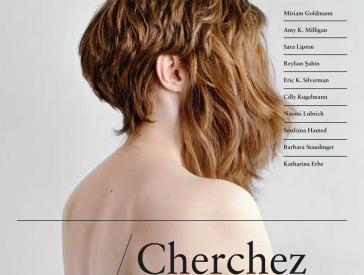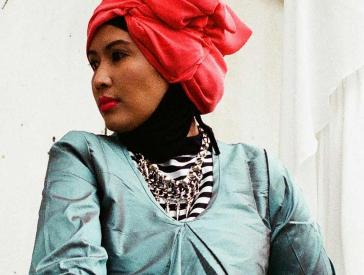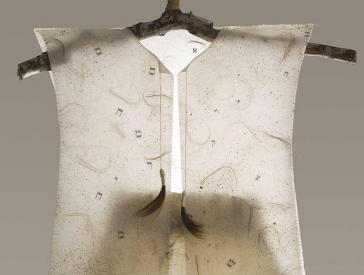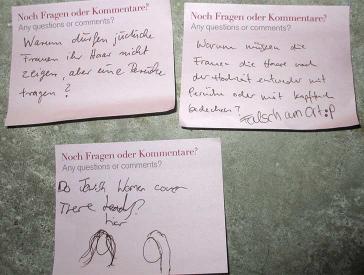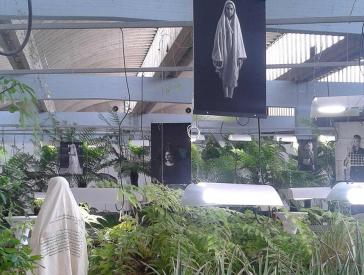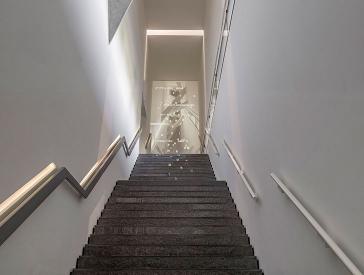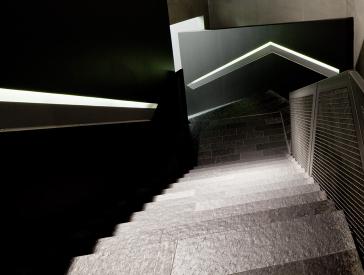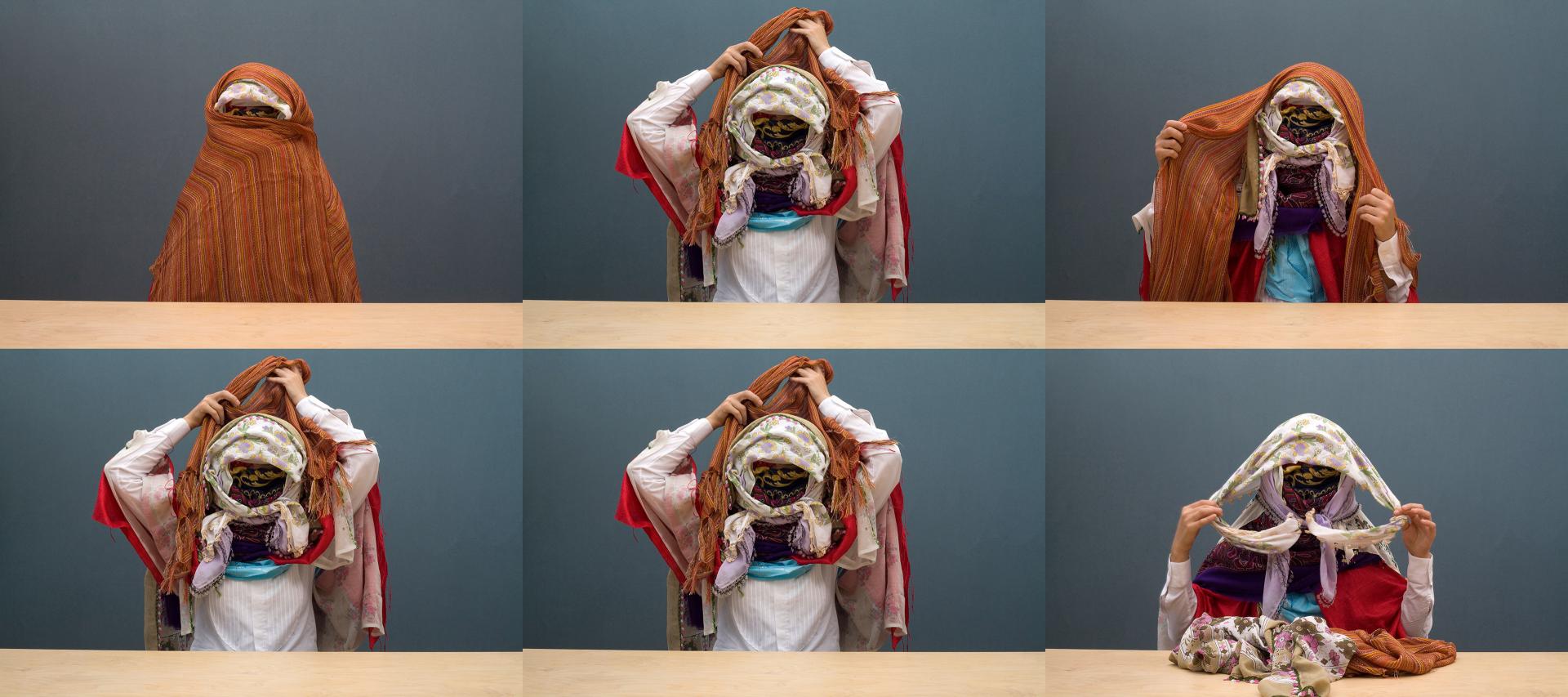
Cherchez la femme
Wig, Burqa, Wimple
Headlines and swimwear, headscarves and demonstrations, fashion shows and papal audiences – how much religiosity secular societies can tolerate is shown in our current exhibition. In the 1950s and 1960s, style icons like Grace Kelly wore the headscarf as a fashion accessory. Today, religious context is the main reason why women cover their hair. These traditions go back to ancient times, when status and fashion determined which women were veiled. Hair was still regarded as too intimate to be shown publicly for many cultures.
Past exhibition
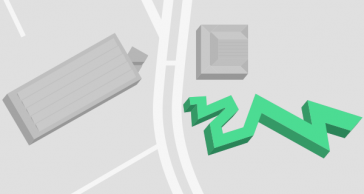
Where
Libeskind Building, ground level, Eric F. Ross Gallery
Lindenstraße 9–14, 10969 Berlin
Cherchez la femme - ARTE Exhibition Trailer, in German; ARTE GEIE - Auszug aus Rendez-Vous Kultur
Today, women in Judaism and Islam find new ways to combine their religious traditions with a modern lifestyle. Conflicts in masculine societies are inevitable; the boundaries of what is acceptable are under constant negotiation.
The Cherchez la femme exhibition presented a wide range of ideas and opinions regarding head and body coverings. Traditional ideas were juxtaposed with current fashion, religion with secular societies.
How do those who are often ignored in the heat of the debate describe their own situation? Whether complying with a strict Islam, or secular Muslims, religion as a private matter or wearing a headscarf as a sign of cultural self-determination – diverse women’s voices were heard in the exhibition. Rounding out the exhibition were works by Jewish and Muslim artists. Each of these women deals in her own way with the forces at work between tradition and participation in society and current social discourses.
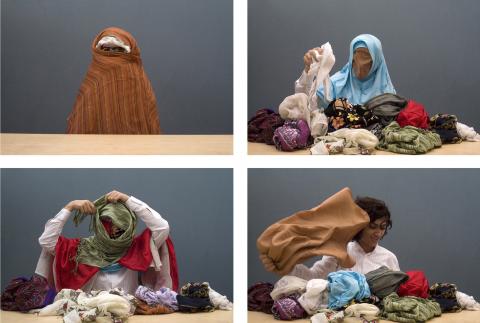
Undressing/Soyunma by Nilbar Güreş, 2006; courtesy of the artist and Rampa Istanbul, photo: Nicole Tintera. In her video performance Undressing, Nilbar Güreş (b. 1977) reflects on the situation in Austria, where Muslim women who wear headscarves are often reduced to the role of a silent puppet of their faith and de-personalized. As Güreş removes veil after veil she recites the names of the women in her family.
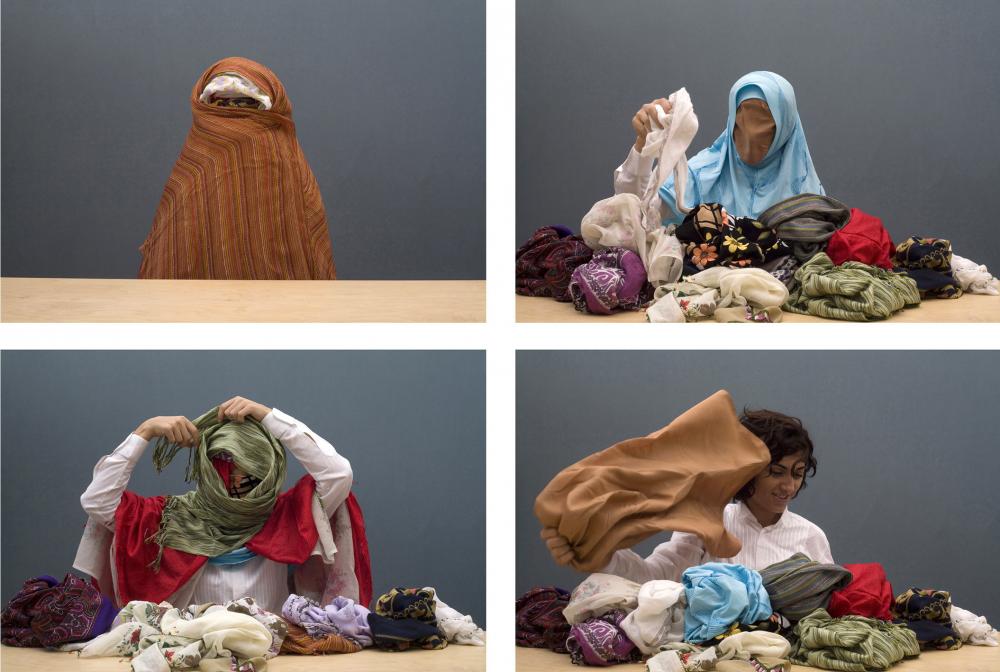 X
X
Undressing/Soyunma by Nilbar Güreş, 2006; courtesy of the artist and Rampa Istanbul, photo: Nicole Tintera. In her video performance Undressing, Nilbar Güreş (b. 1977) reflects on the situation in Austria, where Muslim women who wear headscarves are often reduced to the role of a silent puppet of their faith and de-personalized. As Güreş removes veil after veil she recites the names of the women in her family.
A Taste of the Exhibition in Pictures
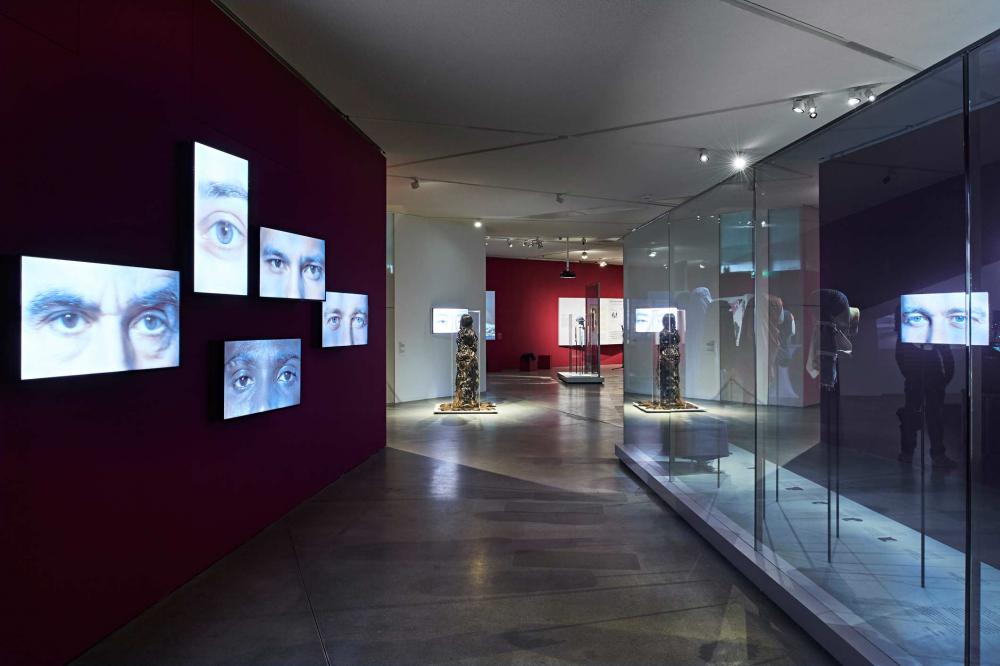
The visitors’ path through the exhibition began with the video installation Blicke (Gazes). At its center was the sculpture Chelgis I by the Iran-born artist Mandana Moghaddam; Jewish Museum Berlin, photo: Yves Sucksdorff.
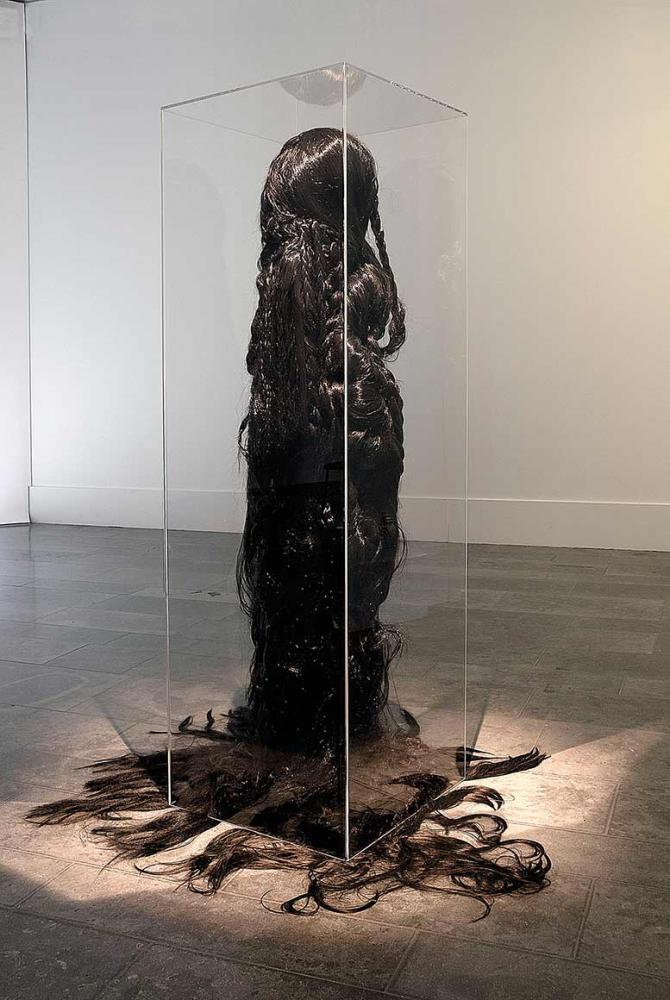
With Chelgis I, the Iranian artist Mandana Moghaddam (b. 1962) presents the strength that can hardly be tamed, springing from long, dark hair, which is considered an ideal beauty in Arab countries. Inspired by the Persian folktale of the captive girl with forty braids, the figure is entirely covered with hair, symbolizing her beauty while her identity remains hidden behind this veil of hair.
Chelgis I by Mandana Moghaddam, 2002; courtesy of the artist, photo: Hossein Sehatlu
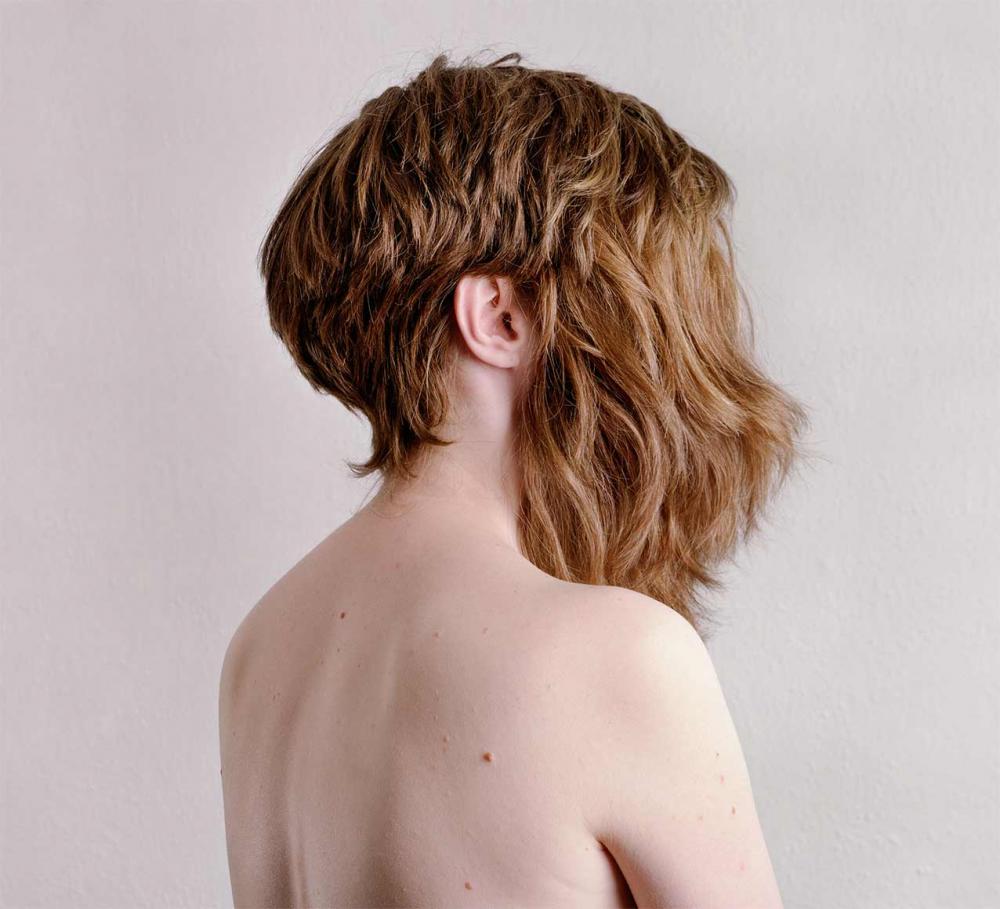
Covered, a self-portrait by Anna Shteynshleyger (b. 1977), is part of the City of Destiny series, named after the orthodox community in which Shteynshleyger and her family spent several years. She is wearing both of her wigs, one of which is covering her face.
Covered by Anna Shteynshleyger, 2009; courtesy of the artist
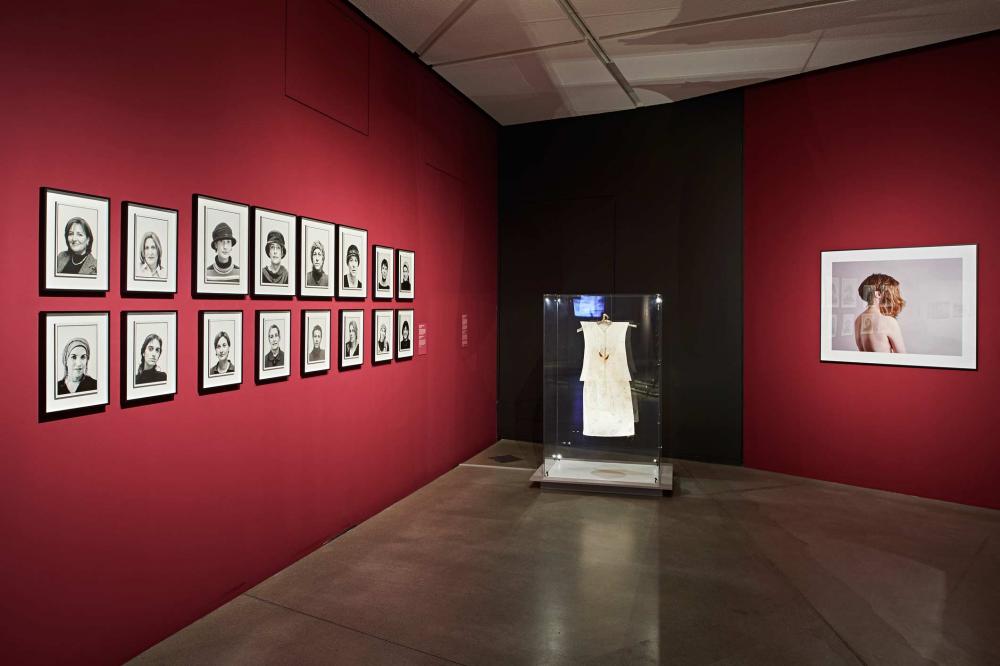
The exhibition included works from religious feminist circles that reconsider the role of women in traditional Judaism. Among the works were The Dress of the Unfaithful Wife by Andi LaVine Arnovitz (more about the piece of art in an article on our blog). On 9 May, the artist came to the museum to talk with Amy K. Milligan, Professor of Jewish Studies and Women’s Studies at Old Dominion University in Norfolk, Virginia, about women and sexuality in Judaism (audio recording of the event).
Jewish Museum Berlin, photo: Yves Sucksdorff
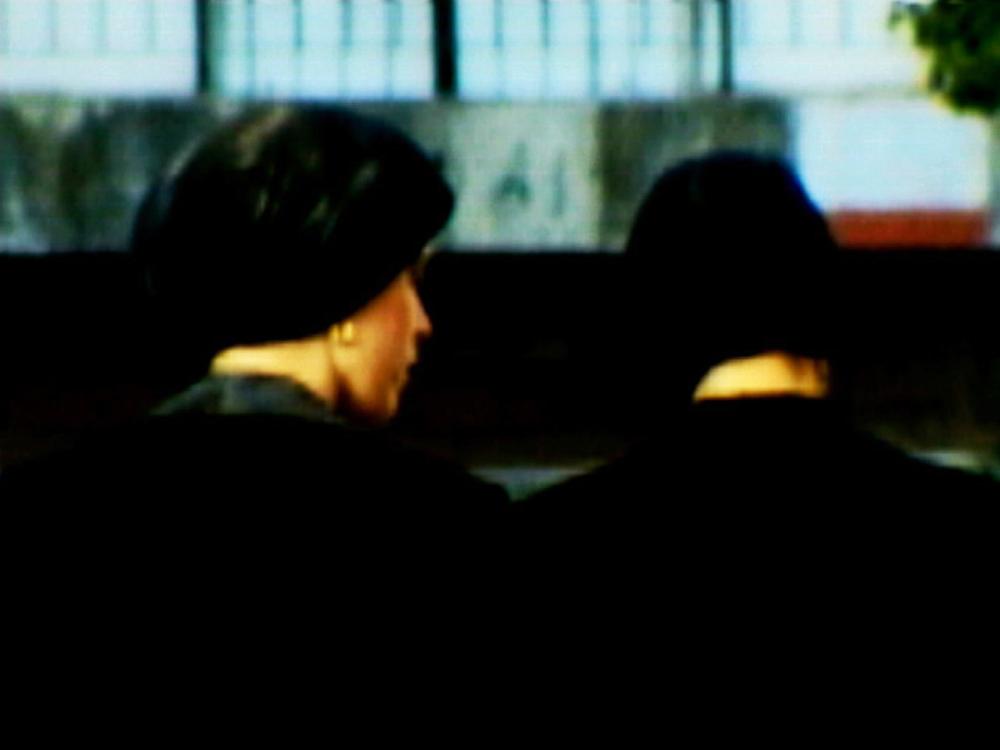
Leora Laor’s (b. 1952) Wanderland series documents street life in Jerusalem’s ultra-orthodox Mea She’arim neighborhood. Photograph no. 128 shows two women engrossed in conversation, who are wearing shpitzel, a form of head covering worn by very devout women.
Wanderland #128 by Leora Laor, 2001; Jewish Museum Berlin
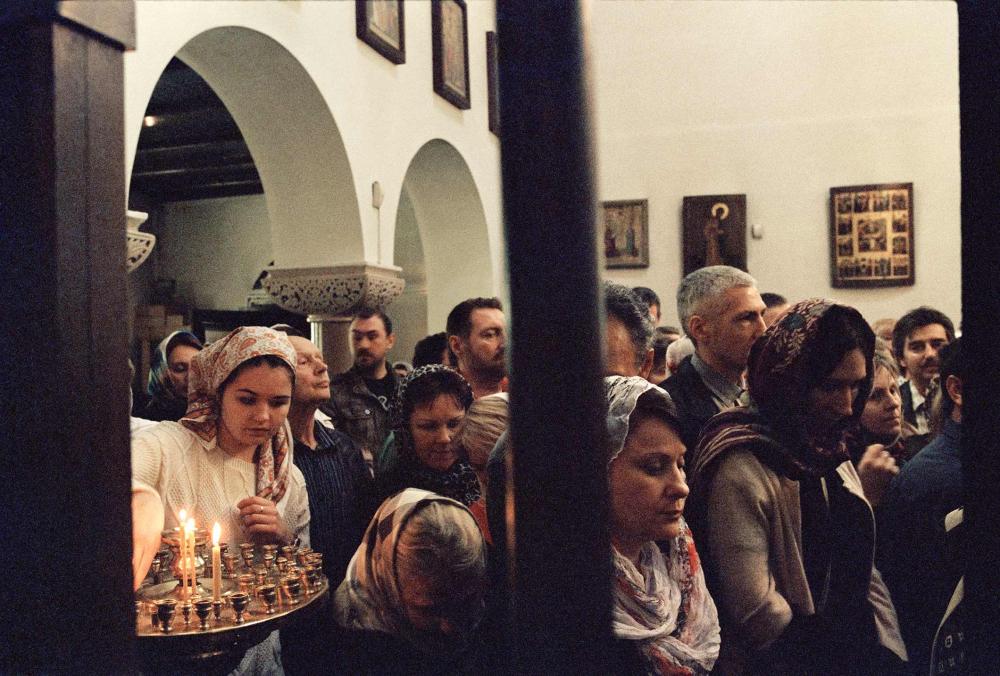
Marija Mihailova (b. 1988) documents the daily religious life of German minorities. In this Russian-Orthodox church in Berlin, women cover their heads according to the rites of the eastern church, a custom that has largely disappeared from Catholic and Protestant practice.
A Russian-Orthodox worship service in Berlin; photograph by Marija Mihailova, 2014; courtesy of the artist
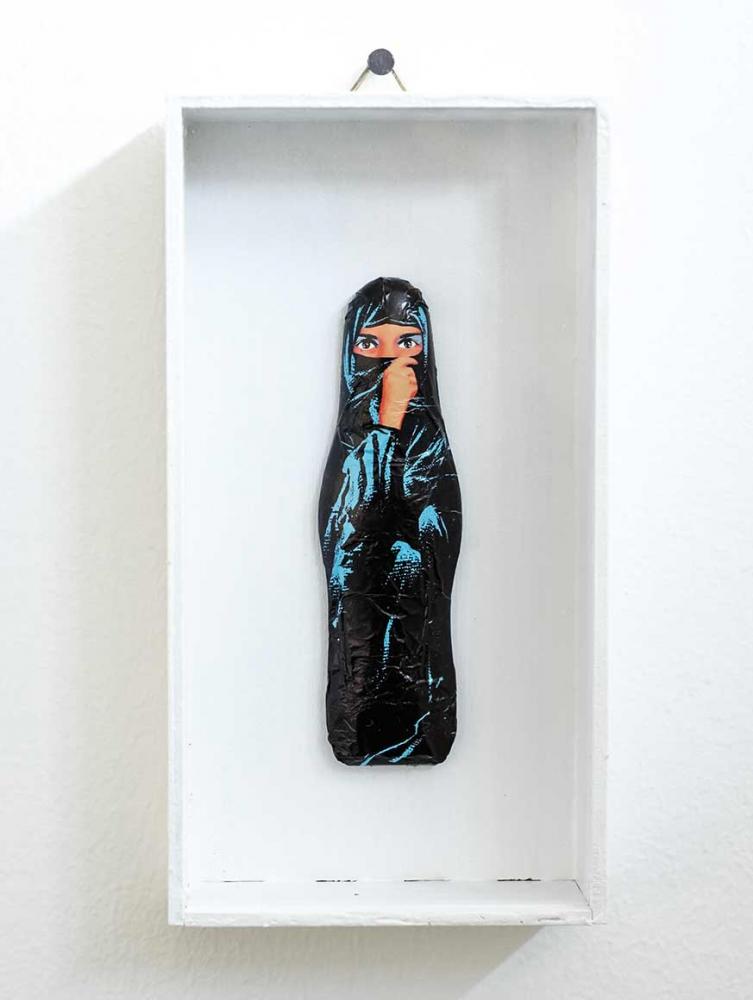
In his artwork Shirin (Farsi for sweet), Rozbeh Asmani (b. 1983) evokes the tension of a woman’s veil: it hides women’s attributes, making the woman seem mysterious and provoking the viewer’s imagination.
Shirin by Rozbeh Asmani, 2009, chocolate, 4C print on aluminum; courtesy of the artist and Werner Klein gallery, Cologne
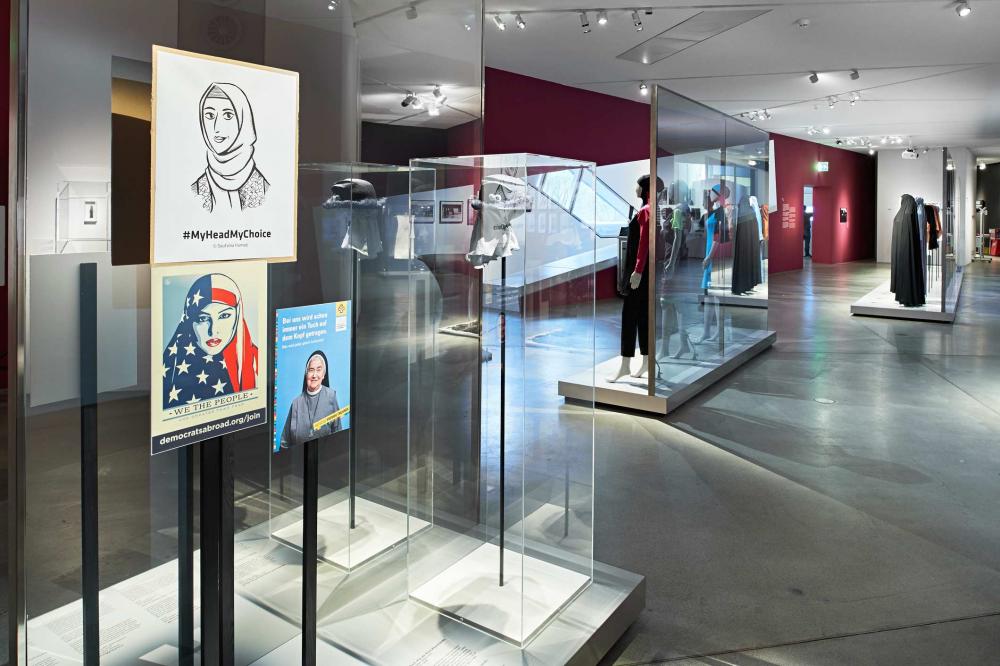
Head and body coverings are often under suspicion as signs of a reluctance to assimilate. Religious clothing can be taken as a provocation and sometimes inspires drastic reactions. Visitors were confronted with the question of how much visible religiosity today’s secular societies tolerate; Jewish Museum Berlin; photo: Yves Sucksdorff.
Credits
Curators: Miriam Goldmann, Naomi Lubrich
Exhibition design: büroberlin
Media Partner


Exhibition Information at a Glance
- When 31 Mar to 27 Aug 2017
- Where Libeskind Building, ground level, Eric F. Ross Gallery
Lindenstraße 9-14, 10969 Berlin
See Location on Map












